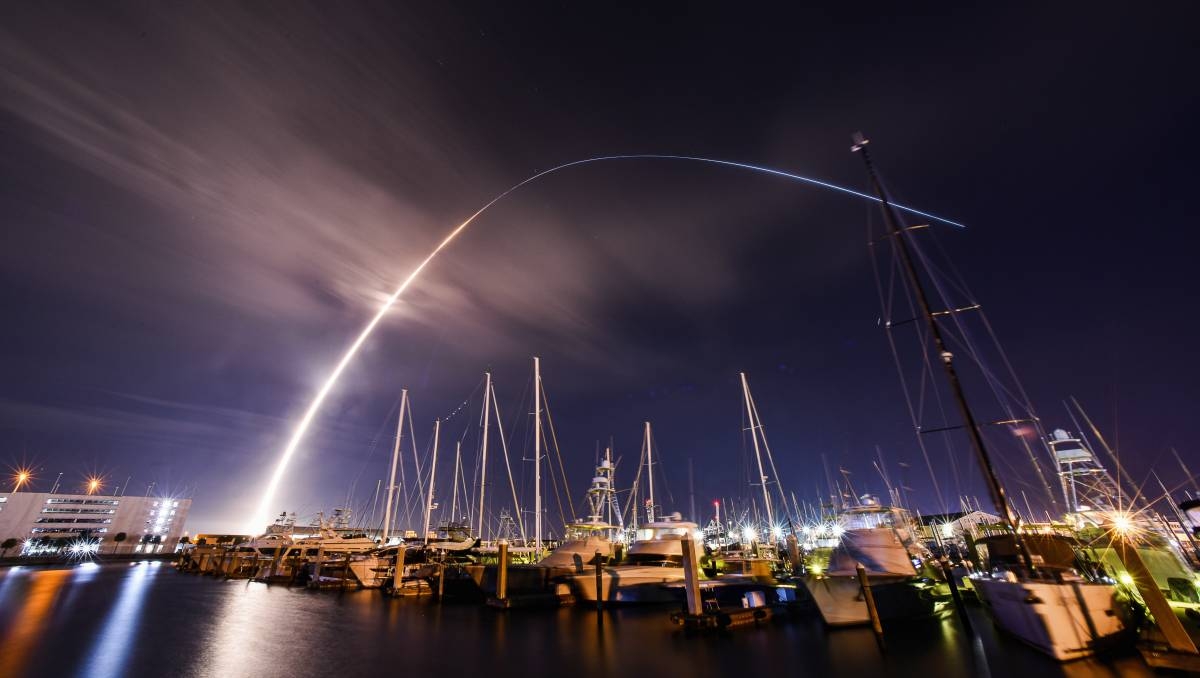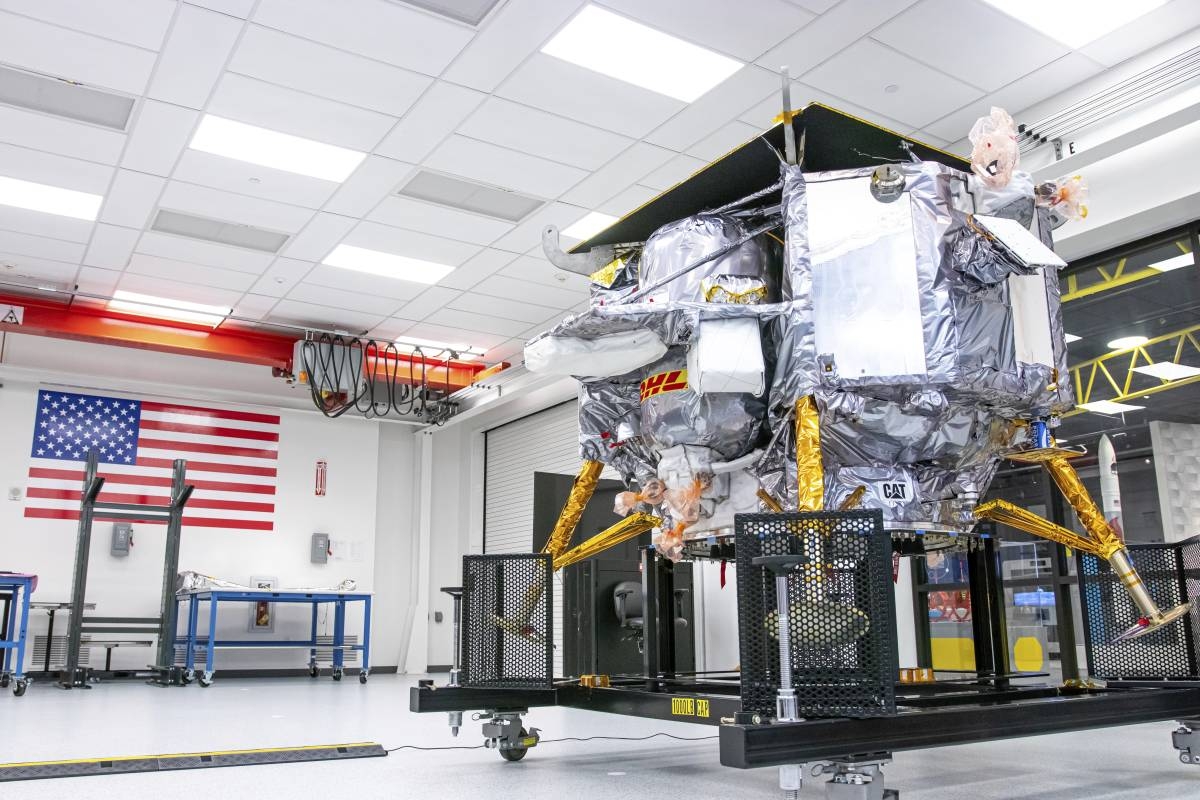MOON EXPLORE | Moon landing attempt by US company appears doomed after ‘critical’ fuel leak
United Launch Alliance launches its next-generation Vulcan rocket on its maiden flight at 2:18 a.m. EST Monday Jan. 8, 2024, from Launch Complex 41 at Cape Canaveral Space Force Station in Florida. PHOTO BY MALCOLM DENEMARK/FLORIDA TODAY VIA AP

CAPE CANAVERAL, Florida: The first US moon landing attempt in more than 50 years appeared to be doomed after a private company’s spacecraft developed a “critical” fuel leak just hours after Monday’s launch.
Pittsburgh-based Astrobotic Technology managed to orient its lander toward the sun so the solar panel could collect sunlight and charge its battery, as a special team assessed the status of what was termed “a failure in the propulsion system.”
It soon became apparent, however, that there was “a critical loss of fuel,” further dimming hope for what had been a planned moon landing on Feb. 23.

.
“We are currently assessing what alternative mission profiles may be feasible at this time,” the company said in a statement.
The problem was reported about seven hours after Monday’s predawn liftoff from Cape Canaveral Space Force Station. United Launch Alliance’s Vulcan rocket provided the lift for Astrobotic’s lander, named Peregrine, putting it on a long, roundabout path to the moon.
A propulsion system problem “threatens the ability of the spacecraft to soft land on the moon,” the company said. The lander is equipped with engines and thrusters for maneuvering, not only during the cruise to the moon but for lunar descent.
Astrobotic was aiming to be the first private business to successfully land on the moon, something only four countries have accomplished. A second lander from a Houston company is due to launch next month. NASA gave the two companies millions to build and fly their own lunar landers.
The space agency wants the privately owned landers to scope out the place before astronauts arrive while delivering tech and science experiments for the space agency, other countries and universities as well as odds and ends for other customers. Astrobotic’s contract with NASA for the Peregrine lander was $108 million and it has more in the pipeline.

Before the flight, NASA’s Joel Kearns, deputy associate administrator for exploration, noted that while using private companies to make deliveries to the moon will be cheaper and quicker than going the usual government route, there will be added risk. He stressed that the space agency was willing to accept that risk, noting Monday: “Each success and setback are opportunities to learn and grow.”
The last time the US launched a moon-landing mission was in December 1972. Apollo 17’s Gene Cernan and Harrison Schmitt became the 11th and 12th men to walk on the moon, closing out an era that has remained NASA’s pinnacle.
The space agency’s new Artemis program — named after the twin sister of Apollo in Greek mythology — looks to return astronauts to the moon’s surface within the next few years. First will be a lunar fly-around with four astronauts, possibly before the end of the year.
Highlighting Monday’s moonshot was the long-delayed initial test flight of the Vulcan rocket from Cape Canaveral Space Force Station. The 202-foot (61-meter) rocket is essentially an upgraded version of ULA’s hugely successful workhorse Atlas V, which is being phased out along with the company’s Delta IV. Jeff Bezos’ rocket company, Blue Origin, provided the Vulcan’s two main engines.
ULA declared success once the lander was free of the rocket’s upper stage, nearly an hour into the flight and before the spacecraft’s propulsion system malfunctioned and prevented the solar panel from properly pointing toward the sun.


 Memento Maxima Digital Marketing
Memento Maxima Digital Marketing







